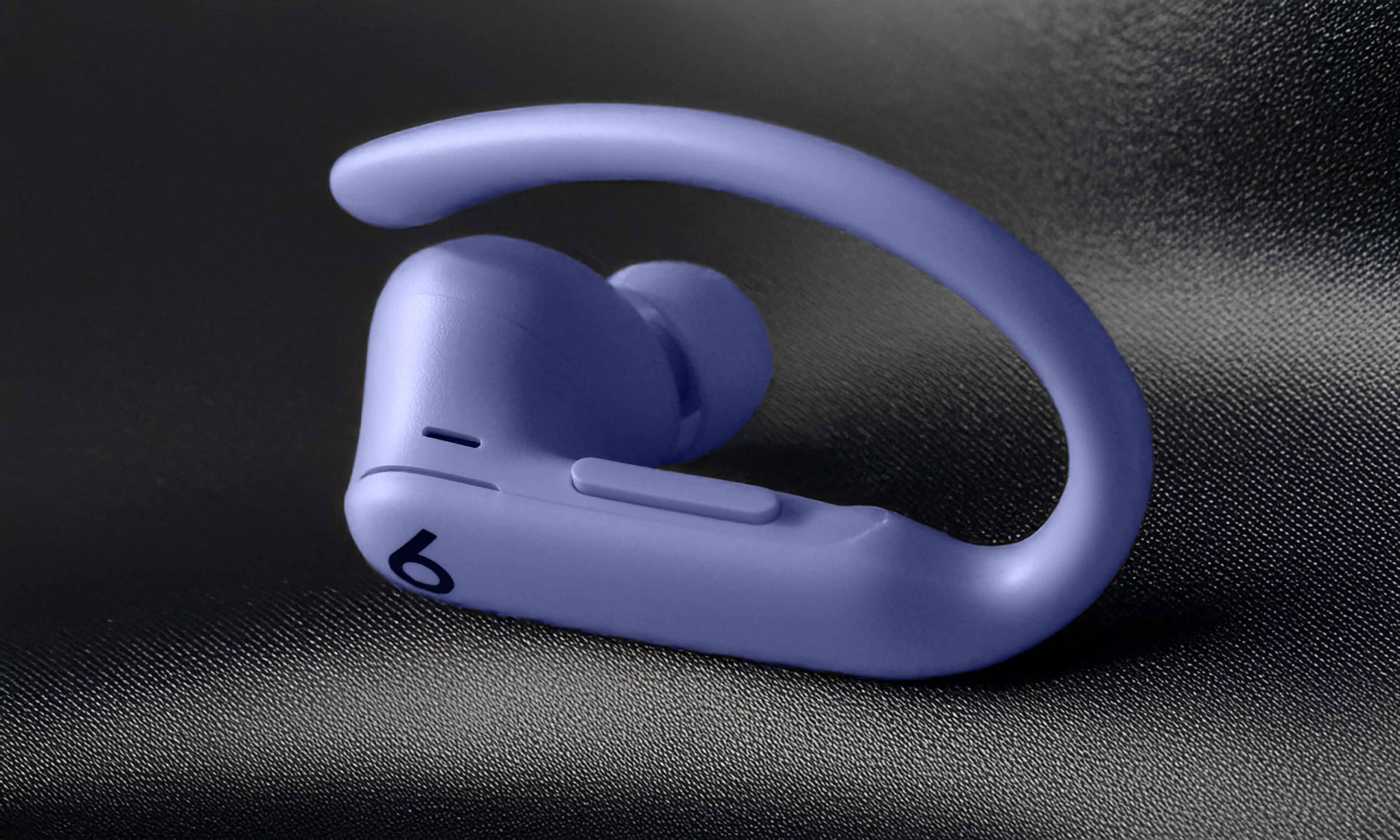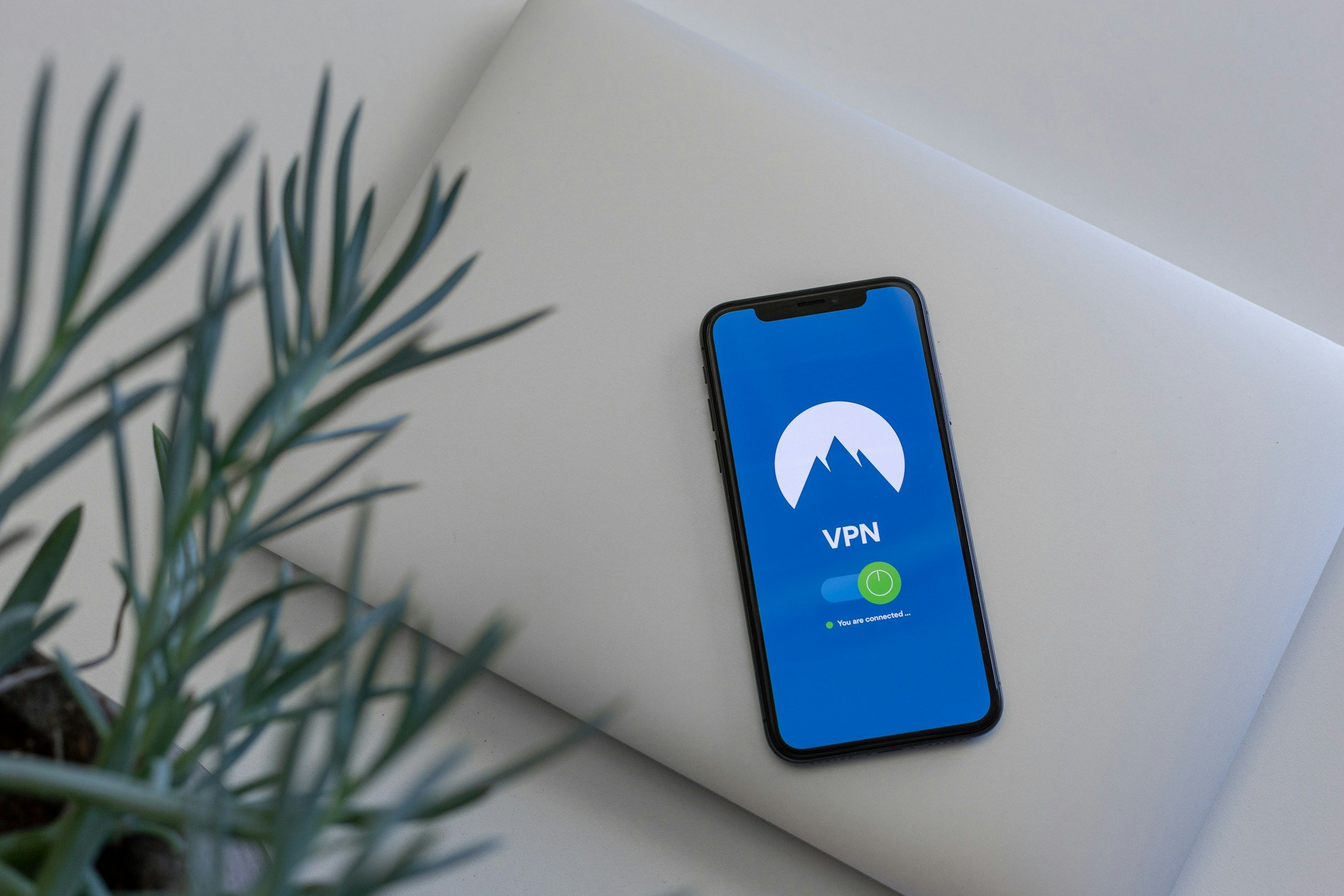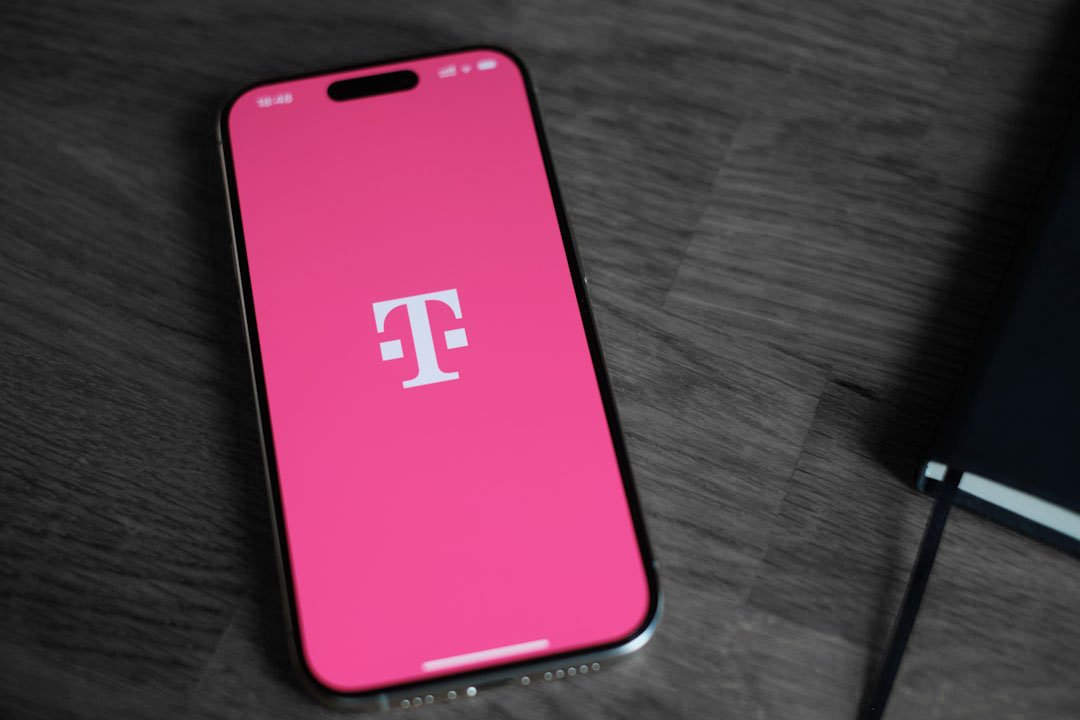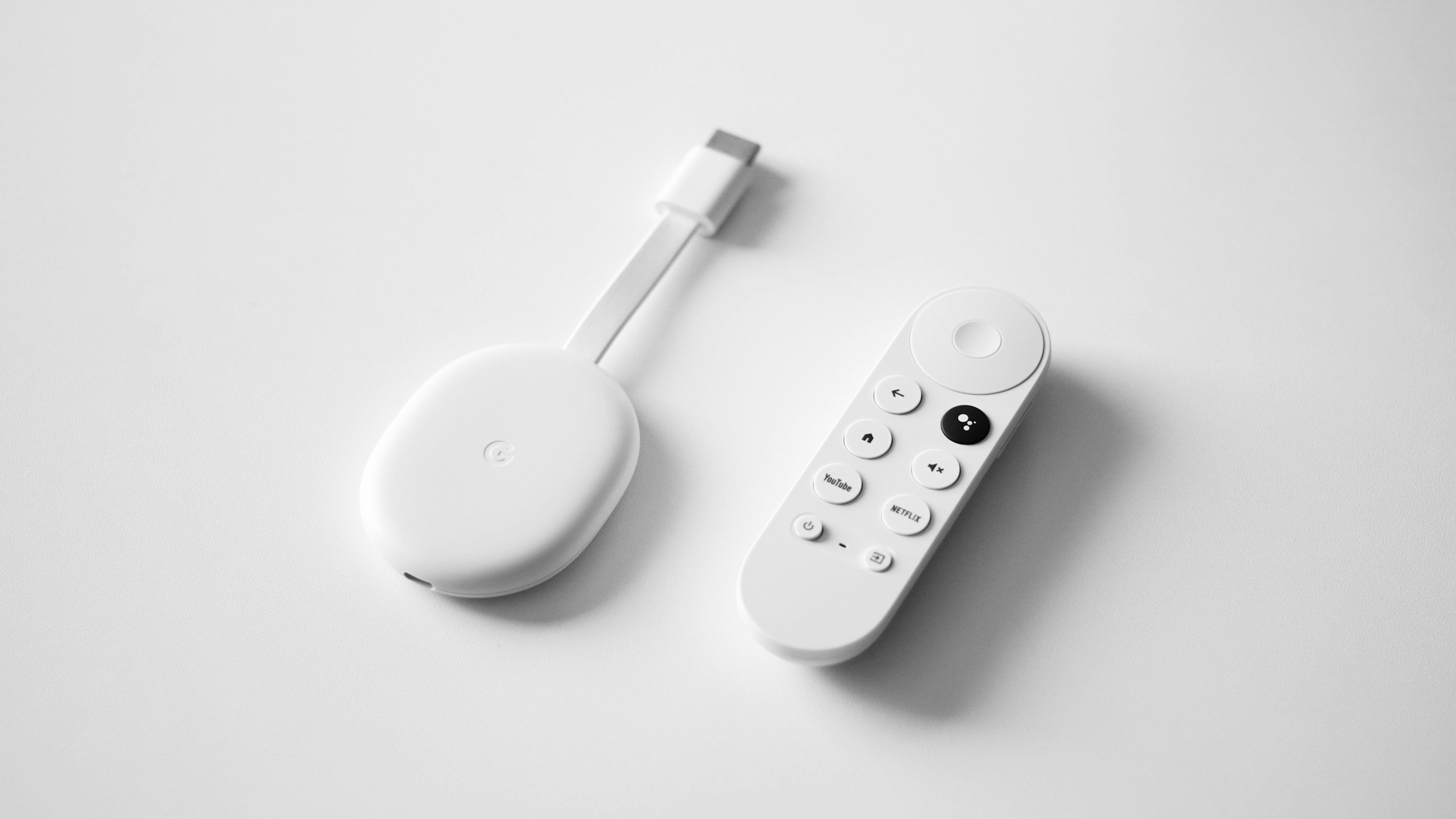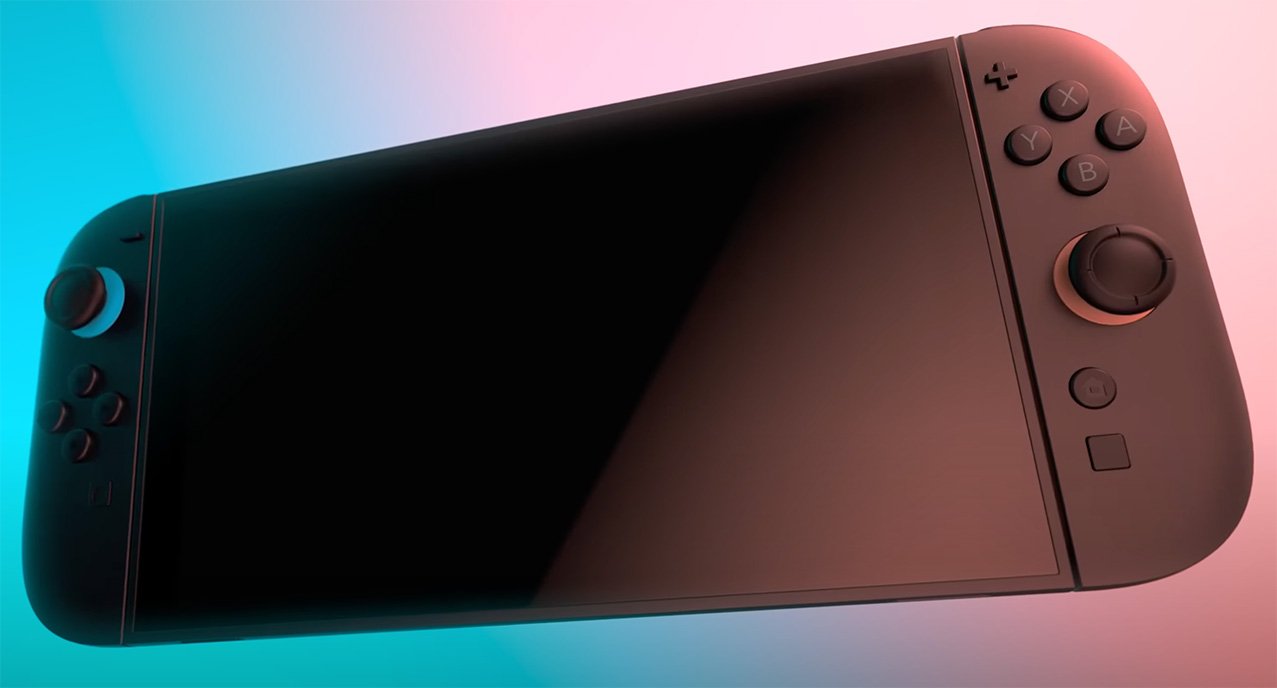Apple Vision Pro FOV (Field of View) – What We Know So Far
When you purchase through links on my site, I may earn an affiliate commission. Here’s how it works.
Table of Contents Show
So, you're probably wondering, “What's the Field of View (FOV) of the new Apple Vision Pro?”
Well, Apple hasn't confirmed it yet, but I've been digging deep into forums, blogs, and developer sessions to bring you my best guess.
Alright, get ready to explore a bunch of theories and educated guesses to uncover the elusive FOV of the Apple Vision Pro.
1. What Is FOV?
First, let's talk about the Field of View, or FOV as it's often referred to – something that's a pretty big deal in the VR world.
In layman's terms, FOV is all about how much you can see at once. When you strap on a VR headset, the FOV is the measure of the breadth of the image you can see.
If you think about it, our natural vision gives us a nearly 180-degree view of the world, so the aim with VR is to get as close to that as possible.
So why does FOV matter so much in VR? It's simple – the wider your FOV, the more of the virtual world you can take in at once, which makes everything feel more real and immersive.
The larger the FOV, the more you feel like you're part of the action rather than just peeking in from the outside.
But there's a catch – if the FOV is too wide, you might get distortion around the edges of the image, and that could lead to issues like motion sickness.
2. Apple Vision Pro’s FOV
Alright, so Apple is being a bit mysterious about the exact FOV specifics of the Vision Pro.
But the folks over at HyperVision have done some amazing detective work, and they've dug up some pretty interesting facts about what this device is capable of.
So, what HyperVision's research tells us is that the Vision Pro is rocking some specially designed catadioptric lenses.
Now, you might be wondering, "What's the big deal about these lenses?" Well, these lenses have this cool ability to bend the path of light, which allows for a smaller lens module while still delivering a wide FOV. That's not something you see every day in your typical VR lenses.
HyperVision has been doing some serious math, and they're estimating that the Apple Vision Pro could have a horizontal field of view (FOV) somewhere between 100° and 120°, with the vertical FOV coming in at around 90°.
Now, when we start talking about FOV, things can get a bit tricky because one has to keep in mind that there are two types of FOV: peripheral and rotational.
Peripheral FOV is what you see directly in front of you without moving your eyes – think of it as staring straight ahead.
Rotational FOV, on the other hand, is how much your eyes can move from side to side – like when you're watching an intense ping-pong match.
Thanks to the way our eyes are built, our peripheral FOV is usually larger than our rotational. So, according to the Vision Pro's design, one eye alone could get a peripheral FOV of up to 110° horizontally.
And if we factor in both eyes, that could stretch all the way up to 120°. In comparison, the horizontal rotational FOV would be around 92°.
Here's the thing: most marketing figures you'll see will talk about Peripheral FOV. Why? Well, it's a bigger number, and bigger numbers sound more impressive.
But more importantly, when you're using a device like the Vision Pro, it's the peripheral vision that really gives you that immersive VR experience.
It's key to keep in mind that additional hands-on testing could yield different outcomes, so until Apple officially drops the details on the Vision Pro's FOV, we're still operating in the territory of informed speculation.
Once the official information is released, it will be available in Apple's Accessory Design Guidelines document.
Rest assured, as soon as Apple makes an official announcement, I will promptly update this post with the most accurate information.
Also, consider subscribing to my newsletter for immediate updates on this topic and more.
3. A Real-World Comparison of the Apple Vision Pro's FOV
While on paper the Apple Vision Pro appears to be a strong competitor with its wide FOV, user experience in the real world tells a slightly different story.
Despite the impressive specs, some users and reviewers have reported that the Apple Vision Pro's FOV feels a bit smaller compared to the Meta Quest 3.
This subjective feeling could be due to several factors, including individual differences in the way users perceive visual fields or even variations in how each headset fits on the user's face.
While the spec sheet gives us a good starting point for comparison, it's crucial to remember that your mileage may vary when it comes to real-world usage.
For instance, the Meta Quest 3, which boasts a FOV of approximately 110 degrees horizontal and 96 degrees vertical, has received positive feedback from users who feel its immersive experience is more expansive.
This is not to say that the Apple Vision Pro falls short – far from it. Its unique lens design and high-quality visuals still set it apart in the VR market.
So, while the Apple Vision Pro's FOV could be technically wider, the perceived FOV may feel a little less expansive than that of the Meta Quest 3.
It's a gentle reminder that specs alone don't define the VR experience – personal perception and comfort also play a significant role.
Final Thoughts
And there you have it, folks. The Apple Vision Pro is an impressive piece of tech, probably boasting a wide FOV and unique lens design that sets it apart from the competition.
But as we've seen, the real-world experience might not always match up with the specs on paper.
While it technically could have a wider FOV than the Meta Quest 3, some users have reported that it feels a bit less immersive.
This reminds us that in the realm of VR, personal perception and comfort are just as important as the raw numbers.
It's not just about how many degrees of view you get – it's also about how those degrees are perceived by your brain and how comfortable the headset is to wear.
In conclusion, while the Apple Vision Pro may not provide the expansive feel that some users want, it still offers a high-quality VR experience that's hard to beat – especially if you are already in the Apple ecosystem.
If you're in the market for a VR headset, it's definitely worth considering. But as always, I'd recommend trying it out for yourself before making a decision. Because at the end of the day, the best VR headset is the one that feels the best to you.
Now, I'd love to hear from you. Have you had a chance to try out the Apple Vision Pro? How does it compare to your experiences with other VR headsets?
Share your thoughts in the comments below, or connect with me on social media.
Don't forget to subscribe to my newsletter for more insights, reviews, and tech news. See you in the next post!
FAQ
-
Some users have reported that despite its wider FOV, the Apple Vision Pro feels a bit less immersive compared to other VR headsets.
It's always good to check out user reviews and forums for the most recent feedback.
-
A wider FOV can contribute to a more immersive VR experience by covering more of your natural field of vision.
However, comfort, resolution, and tracking accuracy also play a major role in the overall VR experience.
-
Absolutely! As with any VR headset, it's best to try it out for yourself before making a decision.
The best VR headset is the one that feels the best to you.
-
Comfort can vary from person to person. The design of the Apple Vision Pro has been praised for its unique lens design, but it's best to try it out for yourself to see how it fits and feels.
MOST POPULAR
LATEST ARTICLES










